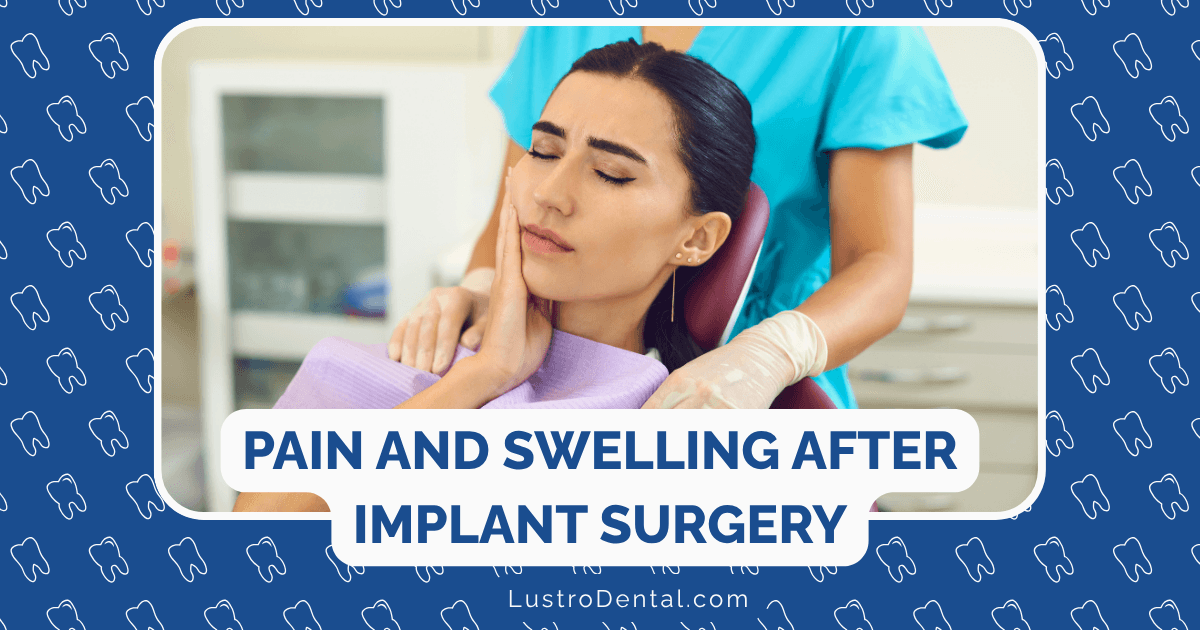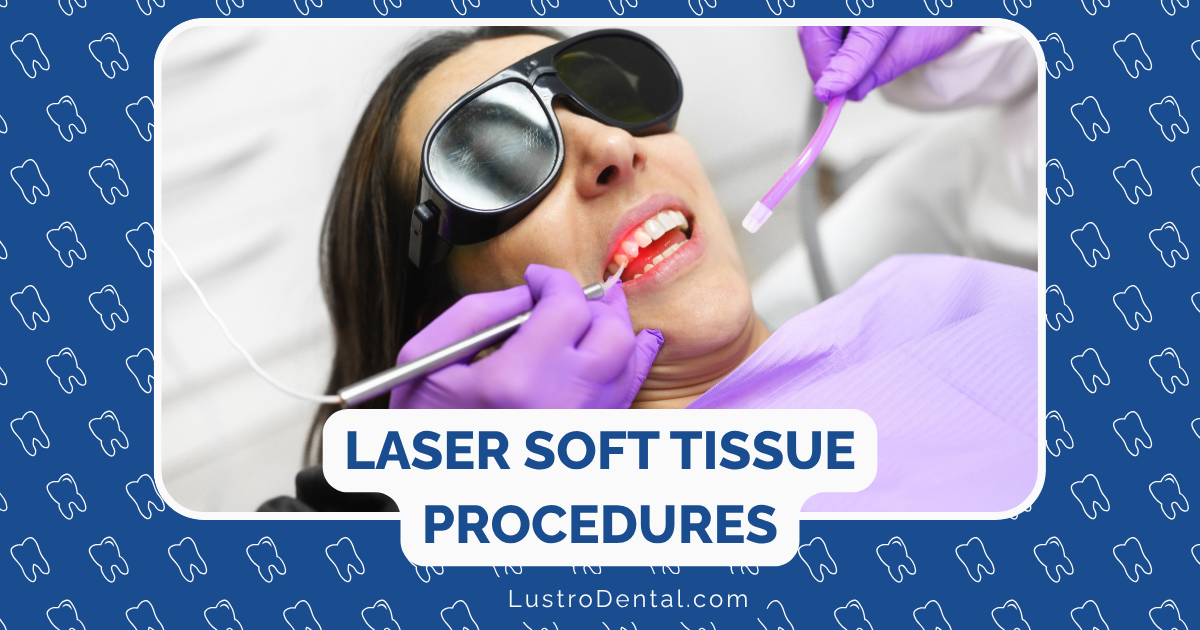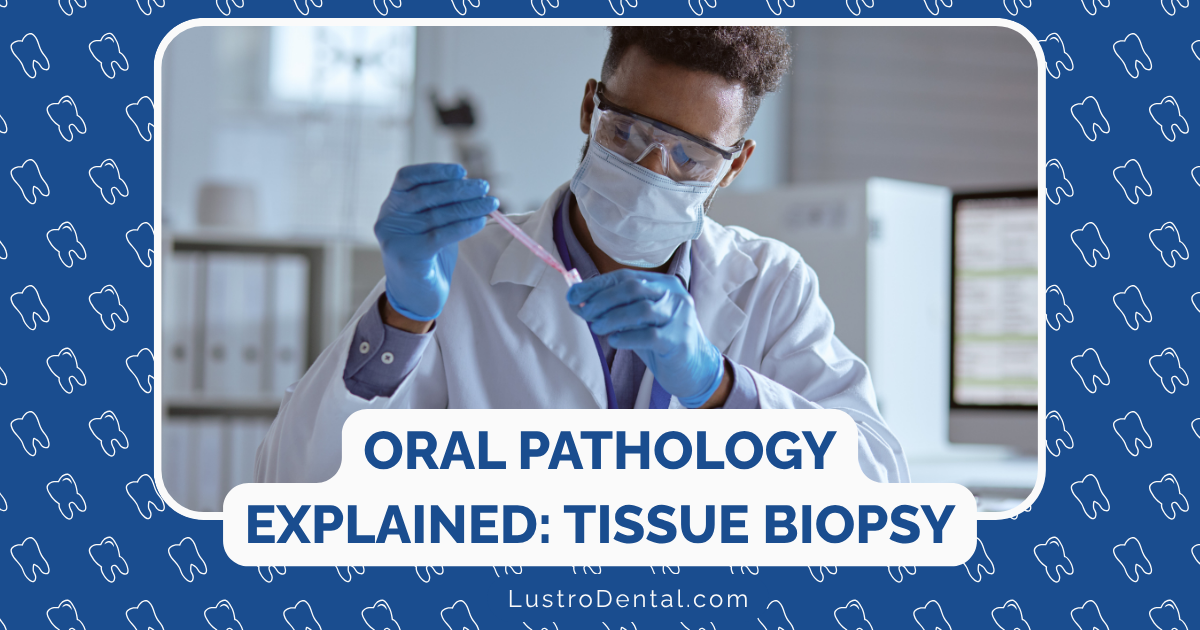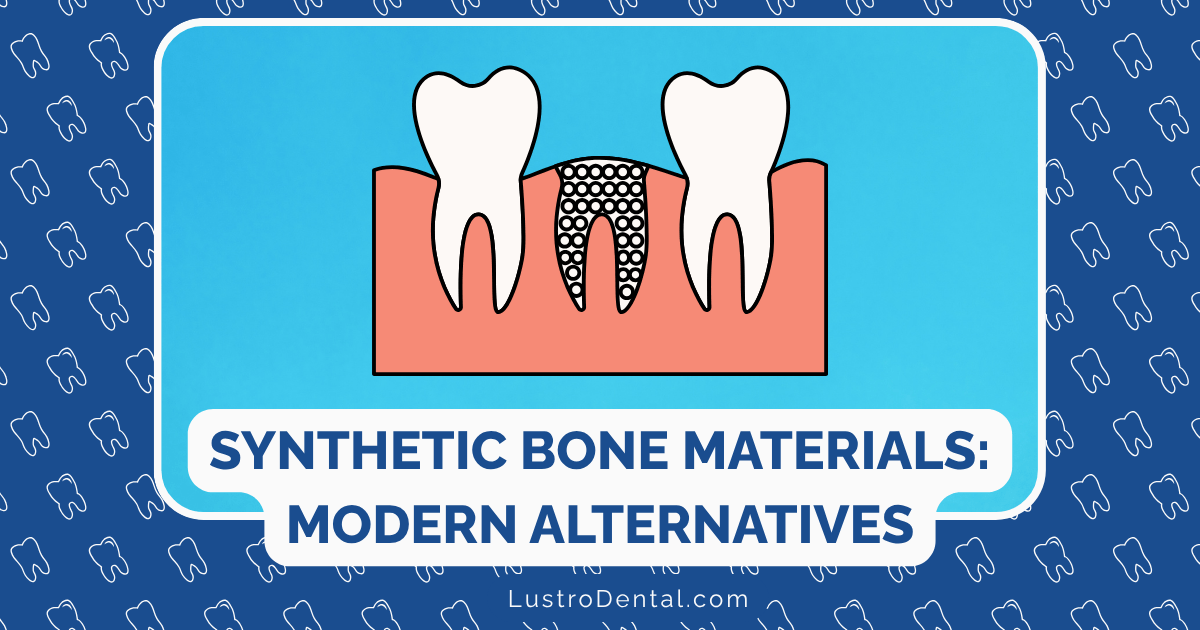Managing Pain and Swelling After Implant Surgery: Proven Strategies

Dental implant surgery represents a significant investment in your long-term oral health—one that promises a beautiful, functional smile for years to come. But like any surgical procedure, the days following your implant placement can bring discomfort in the form of pain and swelling.
As someone who’s guided many patients through dental implant recovery, I’ve seen how proper post-operative care can make a tremendous difference in comfort levels and healing times. The good news? With the right strategies, most discomfort can be effectively managed, allowing you to focus on the exciting prospect of your new teeth rather than the temporary recovery process.
In this comprehensive guide, I’ll share evidence-based approaches to managing pain and swelling after implant surgery, helping you navigate this important healing phase with confidence and comfort.
Understanding the Normal Recovery Timeline
Before diving into management strategies, it’s helpful to understand what to expect during the typical recovery process.
Pain Timeline
According to research published in Frontiers in Pharmacology, post-implant pain typically follows this pattern:
- First 24-48 hours: Most intense pain, typically peaking around 6 hours after surgery
- Days 3-5: Moderate to mild pain that gradually decreases
- Days 7-10: Minimal discomfort for most patients
- Beyond 10 days: Pain should be largely resolved; persistent pain may indicate complications
Dr. Sarah Johnson of Smiles4OC notes, “Most patients describe post-implant pain as more of a dull ache rather than sharp pain. It’s typically very manageable with the right approach.”
Swelling Timeline
Facial swelling follows a slightly different timeline:
- First 24 hours: Swelling begins to develop
- 48-72 hours: Swelling typically peaks
- Days 4-7: Gradual reduction in swelling
- Days 7-10: Most visible swelling resolves
- Beyond 10 days: Any remaining swelling should be minimal
It’s important to remember that these are general guidelines. Your individual experience may vary based on factors like the number of implants placed, complexity of your surgery, and your body’s natural healing response.
Immediate Post-Operative Care: The First 48 Hours
The first two days after surgery are critical for managing pain and swelling. Here’s your action plan:
1. Ice Application: Your First Line of Defense
Proper ice application is one of the most effective strategies for reducing both pain and swelling:
- Timing: Begin immediately after surgery
- Duration: Apply for 20 minutes on, 20 minutes off
- Frequency: Continue this cycle as consistently as possible during waking hours
- Method: Use ice packs wrapped in a thin towel (never apply ice directly to skin)
- Coverage: Position over the cheek corresponding to the surgical area
Research shows that consistent ice application during the first 48 hours can reduce post-operative swelling by up to 40%, according to Oral Surgery Arizona.
Pro Tip: Frozen peas or corn make excellent moldable ice packs that conform to the face. Just label them “not for consumption” after using them for this purpose.
2. Elevation: Working With Gravity
Keeping your head elevated helps minimize swelling by preventing fluid accumulation in the surgical area:
- Daytime: Remain upright as much as possible
- Sleeping: Use 2-3 pillows to keep your head above heart level
- Duration: Maintain elevation for at least the first 72 hours
3. Medication Management: The Right Drugs at the Right Time
Proper use of medications can significantly reduce discomfort:
Over-the-Counter Options
A systematic review published in the Journal of Oral and Maxillofacial Surgery found that nonsteroidal anti-inflammatory drugs (NSAIDs) are particularly effective for post-implant pain:
- Ibuprofen (Advil, Motrin): 400-600mg every 6 hours
- Naproxen sodium (Aleve): 440mg initially, then 220mg every 8-12 hours
For those who cannot take NSAIDs:
- Acetaminophen (Tylenol): 1000mg every 6 hours
Important: Always follow your dentist’s specific recommendations and check with your doctor if you have any medical conditions that might affect medication choices.
Prescription Medications
Your dentist may prescribe:
- Stronger pain relievers: Usually for the first few days only
- Antibiotics: To prevent infection
- Anti-inflammatory steroids: Sometimes used to reduce swelling
Pro Tip: Begin taking pain medication before the local anesthesia wears off completely. Staying ahead of the pain is more effective than trying to catch up once discomfort has intensified.
4. Rest and Activity Modification
Your body needs energy to heal:
- First 24 hours: Minimal activity, mostly rest
- Days 2-3: Light activity only, no exercise
- Days 4-7: Gradually increase activity, but avoid strenuous exercise
- Beyond 7 days: Return to normal activities as comfort allows
The Transition Phase: Days 3-7
As you move beyond the initial 48 hours, your recovery strategy should evolve:
1. Transitioning from Cold to Heat
After 48 hours, ice becomes less effective, and moist heat becomes beneficial:
- When to switch: After 48 hours, when initial swelling has peaked
- Method: Warm (not hot) moist towel or commercial heat pack
- Duration: 20 minutes on, 20 minutes off
- Benefit: Increases circulation to promote healing and reduce residual swelling
2. Dietary Considerations for Optimal Healing
What you eat significantly impacts your comfort and healing:
Foods to Embrace:
- Protein-rich soft foods: Scrambled eggs, yogurt, protein shakes
- Nutrient-dense options: Smoothies with leafy greens, avocado
- Anti-inflammatory choices: Fatty fish, turmeric, berries
- Easy-to-eat meals: Mashed potatoes, well-cooked pasta, soups
Foods to Avoid:
- Hard or crunchy items: Nuts, chips, raw vegetables
- Spicy foods: Can irritate the surgical site
- Very hot foods/beverages: May increase swelling and discomfort
- Alcoholic beverages: Can interfere with healing and medication efficacy
Pro Tip: A study in the Journal of Clinical and Experimental Dentistry found that patients with higher protein and vitamin C intake experienced faster healing after oral surgery.
3. Oral Hygiene: Keeping It Clean
Maintaining oral hygiene is crucial, but requires special care:
- First 24 hours: Avoid rinsing or spitting
- After 24 hours: Begin gentle salt water rinses (½ teaspoon salt in 8 oz warm water) 4-5 times daily
- Brushing: Continue brushing other teeth normally, but avoid the surgical site
- Prescribed mouth rinse: Use as directed, typically chlorhexidine (Peridex) twice daily
Advanced Strategies for Enhanced Comfort
Beyond the basics, these evidence-based approaches can further improve your recovery experience:
1. Arnica Montana
This homeopathic remedy has shown promise for reducing post-surgical swelling and bruising:
- Form: Available as oral tablets or topical gel
- Timing: Begin before surgery and continue through early recovery
- Evidence: A study in the British Dental Journal found arnica reduced post-operative swelling in oral surgery patients
2. Bromelain
This pineapple-derived enzyme has natural anti-inflammatory properties:
- Dosage: Typically 500-1000mg daily between meals
- Duration: Begin day of surgery, continue for 3-7 days
- Caution: Consult your doctor if you take blood thinners
3. CBD Products
Emerging research suggests CBD may help manage pain and inflammation:
- Forms: Oils, topicals, or capsules
- Consideration: Discuss with your dentist first, as research is still developing
- Caution: Ensure products are from reputable sources with third-party testing
4. Relaxation Techniques
Stress and anxiety can amplify pain perception:
- Deep breathing: 4-7-8 breathing (inhale for 4, hold for 7, exhale for 8)
- Guided meditation: Many free apps available
- Gentle yoga: Modified to keep head above heart level
Dr. Michael Chen of Dr. Scharf Periodontics explains, “The mind-body connection is powerful in recovery. Patients who incorporate stress reduction techniques often report lower pain levels and faster perceived healing.”
When to Contact Your Dental Provider
While some discomfort is expected, certain symptoms warrant immediate attention:
Contact Your Dentist If:
- Pain increases rather than decreases after 3 days
- Swelling worsens after 3-4 days
- You develop a fever over 100.4°F (38°C)
- Excessive bleeding continues beyond the first day
- Your implant feels loose
- You experience unusual discharge or foul taste/odor
- You have difficulty swallowing or breathing
Special Considerations for Different Implant Scenarios
Recovery experiences can vary based on your specific implant procedure:
Single Tooth Implants
- Typically less swelling and pain
- Faster return to normal activities
- Easier to maintain oral hygiene around the site
Multiple Implants
- More pronounced swelling and discomfort
- May require longer use of pain medication
- Often benefit from more aggressive ice application
Full-Arch Procedures (All-on-4 or All-on-X)
- Most extensive swelling and recovery period
- May require liquid diet for longer period
- Often includes temporary prosthesis adjustments
The Medication Debate: NSAIDs and Osseointegration
Some research has raised questions about whether NSAIDs might affect osseointegration (the process where the implant fuses with bone). A study in Clinical and Experimental Dental Research found that naproxen use showed a trend toward increased marginal bone loss, though results weren’t statistically significant.
However, most dentists still recommend short-term NSAID use for these reasons:
- The evidence isn’t conclusive
- Short-term use (3-7 days) appears to have minimal impact
- The benefits of pain and inflammation control typically outweigh theoretical risks
- Alternative pain medications may be less effective for dental pain
Dr. Lisa Wong of Ventura Oral Surgery recommends, “For most patients, a short course of NSAIDs provides valuable comfort during recovery without compromising implant success. However, we customize recommendations based on each patient’s specific health profile and risk factors.”
The Long View: Supporting Long-Term Implant Success
While managing immediate post-operative discomfort is important, keeping your focus on long-term success can help put the temporary recovery phase in perspective:
- Follow-up appointments: Attend all scheduled check-ups
- Gradual return to normal diet: Follow your dentist’s timeline
- Ongoing oral hygiene: Develop meticulous cleaning habits around your implant
- Protective measures: Use a night guard if recommended, especially if you grind your teeth
Final Thoughts
Recovery from dental implant surgery is a relatively short journey on the path to a lifetime of improved oral health. By implementing these evidence-based strategies for managing pain and swelling, you can make this temporary phase as comfortable as possible.
Remember that each person’s experience is unique, and recovery times vary based on individual factors. Be patient with your body’s healing process, and don’t hesitate to reach out to your dental team with any concerns or questions.
Have you undergone dental implant surgery? What strategies worked best for managing your post-operative comfort? Share your experience in the comments below to help others preparing for their implant journey.







